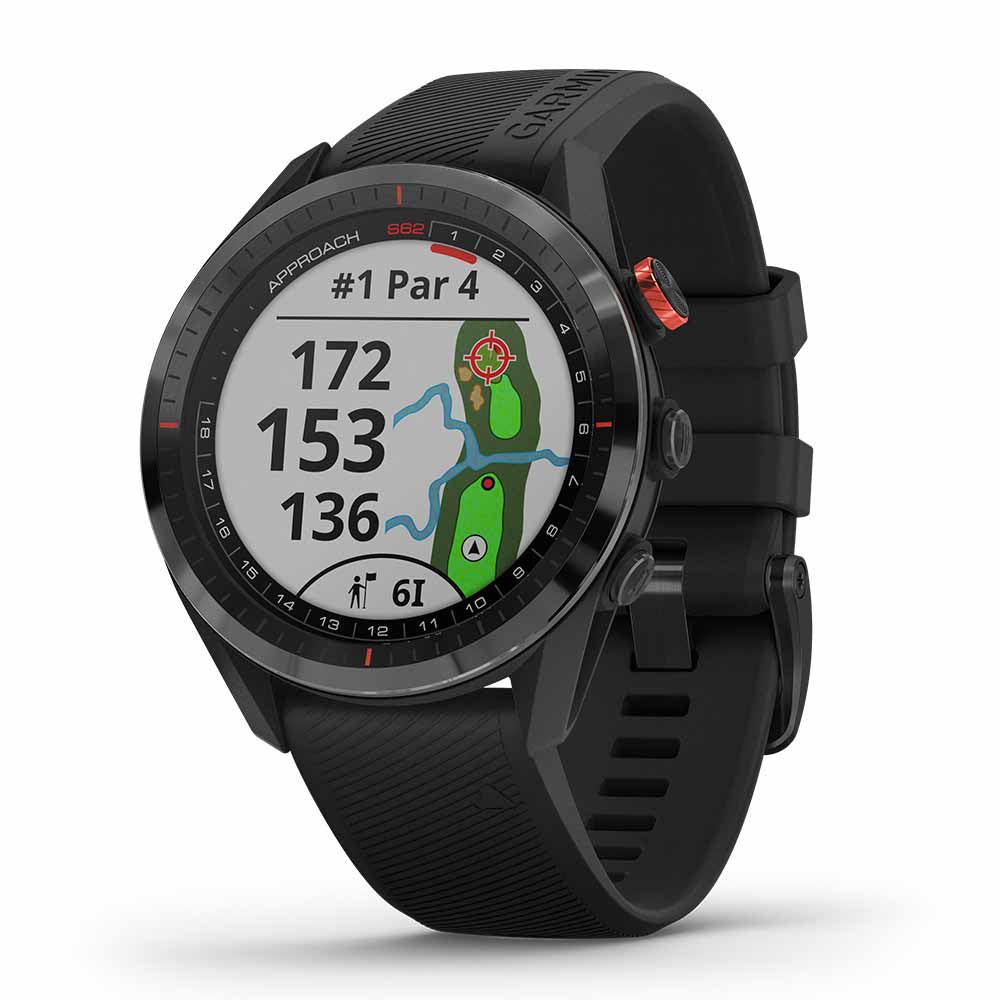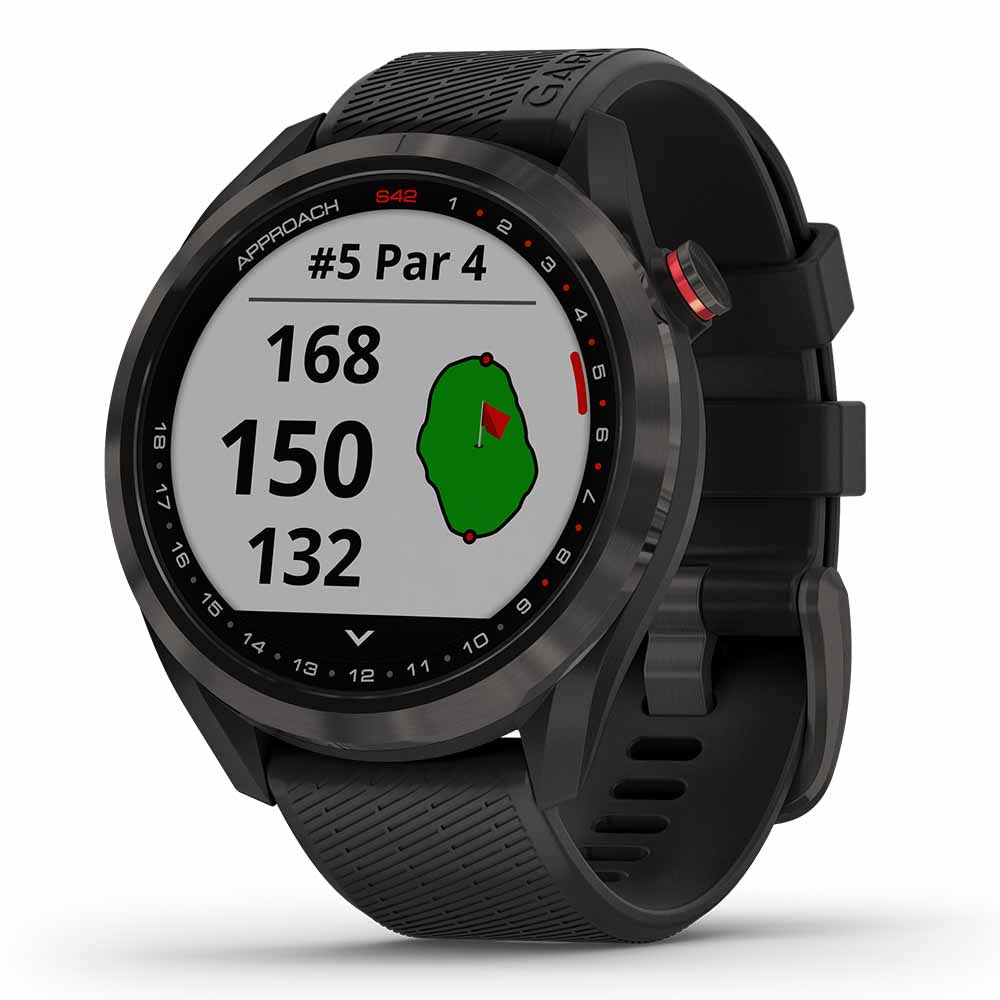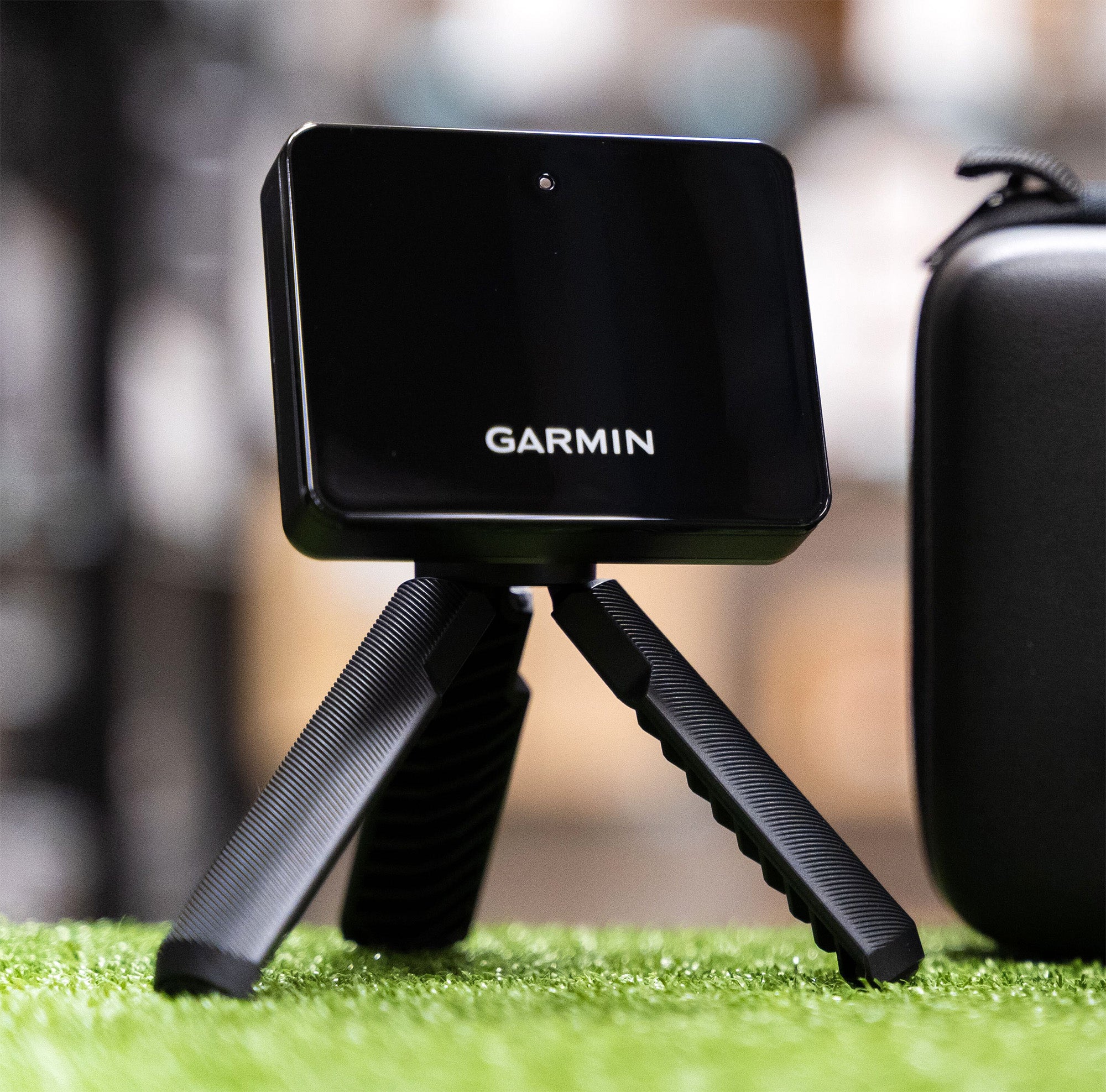
How Far Should I Hit My Clubs? Average Golf Club Distances for Men and Women
Wanting to get more strategic about improving your golf game? Understanding your average distances for each club you hit—and what your goals should be—is a great way to start making betting decision on the course!
Golf, a frustrating but seductive sport of precision and technique, relies heavily on understanding the distances you can get with each golf club. Golfers, whether beginners or seasoned players, often go after maximizing their club distances to improve their game.
As recently as 2019, the average male amateur golfer hits his driver 217 yards (per the USGA, the U.S.’s governing body for golf)—while the the PGA Tour average driving distance was 293.9 yards. Different golfers hit different distances with their clubs. Naturally, men and women who are pros are going to hit their clubs farther.
In this article, we'll explore the average distances for golf clubs for amateur men and women golfers, what they should aim for, what's considered good or bad, and the key factors that influence these distances.
Table of Contents
Average Golf Club Distances
Golf club distances can vary based on several factors, including a golfer's skill level, swing speed, physical strength, and course conditions.
Average Golf Club Distances for Men
| Club | Average Distance |
| Driver | 200-230 yards |
| 3-Wood | 180-210 yards |
| 5-Wood | 170-200 yards |
| 7–Wood | 160-190 yards |
| 3-Hybrid | 163-190 yards |
| 3-Iron | 160-190 yards |
| 4-Iron | 150-180 yards |
| 5-Iron | 140-170 yards |
| 6-Iron | 130-160 yards |
| 7-Iron | 120-150 yards |
| 8-Iron | 110-140 yards |
| 9-Iron | 95-125 yards |
| Pitching Wedge | 80-110 yards |
| Sand Wedge | 60-90 yards |
| Lob Wedge | 50-80 yards |
Average Golf Club Distances for Women
| Club | Average Distance |
| Driver | 150-200 |
| 3–Wood | 125-180 |
| 5–Wood | 115-170 |
| 3-Hybrid | 105-165 |
| 3–Iron | 100-160 |
| 4–Iron | 90-150 |
| 5–Iron | 80-140 |
| 6–Iron | 70-130 |
| 7–Iron | 65-120 |
| 8–Iron | 60-110 |
| 9–Iron | 55-95 |
| Pitching Wedge | 50-80 |
| Sand Wedge | 40-60 |
| Lob Wedge | 35-50 |
What Golfers Should Aim For
Golfers should aim to optimize their distances based on their skill level and physical abilities. The goal is to achieve consistent and accurate shots with each club. It's essential to focus on improving technique, swing mechanics, and timing to maximize club distances effectively.
What's Considered Good or Bad
Good: Consistently hitting distances close to or above the average ranges, accompanied by accuracy and control over the ball's trajectory.
Average: Achieving distances in line with the averages mentioned earlier, ensuring reliable and repeatable shots.
Room for Improvement: Falling significantly below the average distances indicates potential for improvement in swing mechanics, strength, or technique.
Key Differentiating Factors
- Swing Speed and Technique: A golfer's swing speed and technique greatly influence the distance achieved with each club. A faster, well-timed swing can result in longer distances. Check out the SupeSpeed Golf Speed Training System.
- Physical Fitness and Strength: Physical strength and overall fitness play a vital role in generating power for longer shots. Strengthening core muscles can enhance club distances. We like the Orange Whip Trainer.
- Club Type and Loft: Different clubs have varying lofts, affecting the trajectory and distance. Understanding each club's characteristics is crucial for optimal usage.
- Course Conditions: Factors like wind speed, elevation changes, and the condition of the course can influence club distances on any given day.
- Quality of Equipment: High-quality clubs and balls can contribute to better distances and accuracy. Well-fitted clubs also ensure optimal performance.
How to Improve Golf Club Distances
- Regular Practice: Consistent practice sessions, including working on swing mechanics and strength training, can help improve your distances.
- Professional Coaching: Seeking guidance from a golf professional can provide personalized tips and techniques to enhance club distances.
- Custom Club Fitting: Getting clubs custom-fitted based on individual physical attributes and swing characteristics can maximize efficiency and distance.
- Keeping Track of Your Distances: Logging your distances for each club on the regular, will help you know what you normally hit for each club, help you learn which to choose, and where you should focus on improving. In the next section, we go over some ways to do this.
Tracking Your Club Distance
Understanding golf club distances and striving to reach optimal distances for each club is an essential aspect of improving one's golf game. It's vital for golfers to focus on enhancing their technique, physical fitness, and equipment to achieve their desired distances and ultimately enhance their overall performance on the golf course.
You can start by tracking your shots on the course or at the range for every club.
An easy (and fun!) way to use this is to get some golf tech that can help you out. You can do this with several golf GPS watches and golf GPS handhelds. Or, you can opt to use sensors on your clubs. The Garmin Approach CT club tracking sensors are a great option or check out the Arccos Caddie Smart Sensors—a smart caddie and analytics system for helping you learn which clubs to use in which situation.
Watch our favorite golf review guy, Gabe at Let’s Play Thru, use the Arccos Caddie on the course!
Some of the best golf GPS devices include any Shot Scope device that comes with tracking tags and any Garmin Approach golf watch.
To learn more, watch a video review of the Garmin Approach S70 golf watch when paired with the CT sensors.
You can also put in some time at the driving range, hitting ten golf balls with each club. Keep track of those distances and repeat the process regularly—more frequently if you are actively working on your swing. An easy way to keep track of your distances is to take a portable golf launch monitor with you. We recommend:























